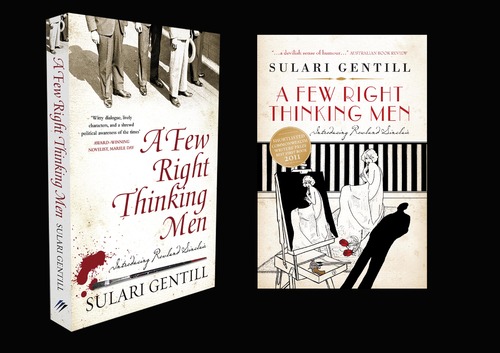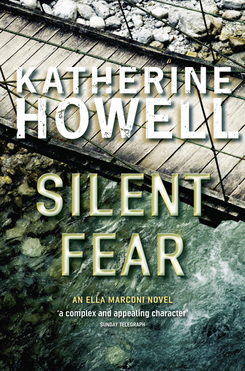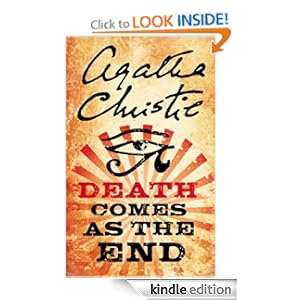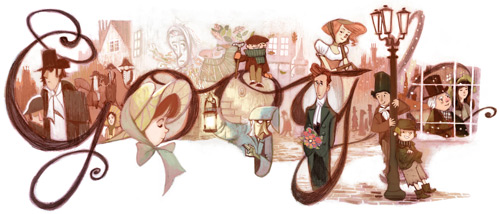- Format: Kindle Edition
- File Size: 332 KB
- Publisher: ePenguin (May 28, 2009)
- First published by Hodder and Stoughton 1939 (although Fantastic Fiction lists it as 1937)
- Sold by: Amazon Digital Services
- Language: English
- ASIN: B002RI9WPM
- Source: I bought it
Product Description (
Amazon)
English crime novelist Charles Latimer is travelling in Istanbul when he makes the acquaintance of Turkish police inspector Colonel Haki. It is from him that he first hears of the mysterious Dimitrios - an infamous master criminal, long wanted by the law, whose body has just been fished out of the Bosphorus.
Fascinated by the story, Latimer decides to retrace Dimitrios' steps across Europe to gather material for a new book. But, as he gradually discovers more about his subject's shadowy history, fascination tips over into obsession. And, in entering Dimitrios' criminal underworld, Latimer realizes that his own life may be on the line.
My take
I have been aware that, though I have well over four decades of dedicated crime fiction reading behind me, there are a number of "classics" that I have never touched. Eric Ambler's THE MASK OF DIMITRIOS, aka A COFFIN FOR DIMITRIOS, aka THE DOSSIER OF DIMITRIOS, is one of those.
In the introduction to this Kindle version Max Mazower wrote
The Mask of Dimitrios is the work of a writer at the height of his powers. Saturated with the despairing mood of a world in rapid decay, it is also a manifesto for a new kind of crime novel, a bomb intended to blow up the vicarage whodunnit as decisively as the fifty tons of TNT that the eight-year-old Eric Ambler had watched devastate the Silvertown storage depot in 1917 in London's biggest-ever explosion.
Written in 1939, with World War II imminent, it is really a story on at least two levels, possibly even a little allegorical.
Charles Latimer, a successful murder mystery writer is shown the corpse of a villain in Istanbul. He spends the next three weeks investigating this corpse, travelling across Europe, and eventually becoming embroiled in committing a crime himself. Latimer is fascinated by how very different this reality is to his fictional world.
On another level THE MASK OF DIMITRIOS is about the guises of evil. Dimitrios is an arch criminal, an assassin, white slaver, murderer, drug baron, and yet it is difficult to judge this on first meeting, to see the evil that lies beneath.
A man's features, the bone structure and the tissue which covers it, are the product of a biological process; but his face he creates for himself. It is a statement of his habitual emotional attitude; the attitude which his desires need for their fulfilment and which his fears demand for their protection from prying eyes. He wears it like a devil mask;
It is a screen to hide his mind's nakedness. Only a few men, painters, have been able to see the mind through the face.
Latimer meets a number of people who have been sucked into the vortex that surrounds Dimitrios. The evil is contagious. They in turn become evil and commit crimes and other horrendous acts.
So there is a lot of social and political comment embedded in the novel, for those who want to see it. Ambler in a sense is using the novel as his vehicle for more than just a story. As Mazower pointed out, this is a relatively new path for crime fiction in 1939. I keep thinking of George Orwell's ANIMAL FARM not published till 1945 and, much more clearly to readers, also an allegory.
Ambler's writer Latimer realises the real world is much more sordid, violent, and dangerous than any fictional one that he can create. But will it change his attitude to his work or indeed the nature of his novels?
I felt Ambler's desire to make political points slowed the action down at times, and made me feel a bit ambivalent about whether I wanted to continue reading. There were times when I just felt that I wanted the plot to move faster, certainly in the first half. And yet there is no doubting the novel's power to make the reader think.
My rating: 4.4
From here on... a SPOILER.
At the end it seems almost that Latimer has learnt nothing from the experience. He desperately wants to turn the clock back to a time when things were rosy.
But he, Latimer, would not know about those things. He would be writing a detective story with a beginning, a middle and an end; a corpse, a piece of detection and a scaffold. He would be demonstrating that murder would out, that justice triumphed in the end and that the green bay tree flourished alone.
He needed, and badly, a motive, a neat method of committing a murder and an entertaining crew of suspects. Yes, the suspects must certainly be entertaining. His last book had been a trifle heavy. He must inject a little more humour into this one.
As for the motive, money was always, of course, the soundest basis. A pity that wills and life insurance were so outmoded. Supposing a man murdered an old lady so that his wife should have a private income. It might be worth thinking about.
The scene? Well,there was always plenty of fun to be got out of an English country village, wasnt there?
The time? Summer; with cricket matches on the village green, garden parties at the vicarage, the clink of teacups and the sweet smell of grass on a July evening.
That was the sort of thing people liked to hear about. It was the sort of thing that he himself would like to hear about.





















